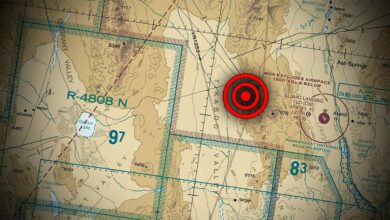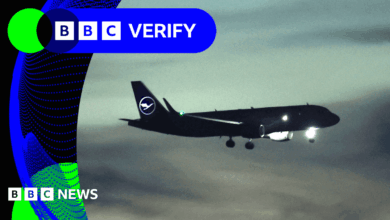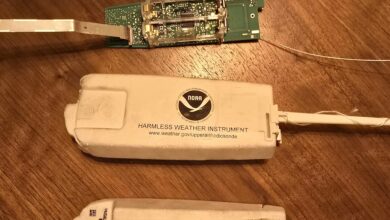Post-Perihelion Images of 3I/ATLAS Show No Clear Cometary Tail: Insights into its Nature and Potential UFO Connections

No Visible Cometary Tail in Post-Perihelion Images of 3I/ATLAS
Investigating the Unusual Appearance of 3I/ATLAS After Perihelion
In recent observations of the interstellar object 3I/ATLAS, astronomers have noted an intriguing anomaly—there is no clear cometary tail visible in the images captured after its perihelion passage. This unexpected detail has prompted a flurry of discussions among space enthusiasts and UFO researchers alike, as some speculate about the object’s true nature and origins.
What Is 3I/ATLAS and Why Is Its Lack of a Tail Noteworthy?
Discovered in late 2017, 3I/ATLAS quickly gained attention as the first confirmed interstellar object passing through our solar system. Typically, objects like comets develop distinct tails when nearing the Sun, caused by sublimation—where ice turns directly into gas—creating a glowing stream behind the nucleus. However, post-perihelion images of 3I/ATLAS reveal a stark absence of this characteristic feature, raising questions about whether it is a typical comet or something more extraordinary.
Could This Be a Sign of an Unconventional UAP or Alien Technology?
The absence of a cometary tail in 3I/ATLAS’s post-perihelion images has led some enthusiasts and researchers to consider alternative explanations. Some posit that its appearance might align with reports of unidentified aerial phenomena (UAP) encounters involving objects with unconventional shapes or behaviors. While mainstream science attributes the lack of a tail to possible compositional differences or surface properties, others wonder whether the object could have a more exotic origin.
Scientific Explanations and Ongoing Investigations
Most astronomers currently suggest that 3I/ATLAS may be a rocky asteroid or a non-traditional comet with an insufficient volatile material to produce a visible tail. The varying observational data continues to fuel debates, with experts advocating for further studies to fully understand its composition and trajectory. The investigation into such interstellar visitors not only enriches our knowledge of cosmic objects but also fuels curiosity about the potential for extraterrestrial life or advanced alien technology.
Final Thoughts: What We Can Learn from 3I/ATLAS
While the mystery surrounding the missing cometary tail persists, each new observation of 3I/ATLAS enhances our understanding of interstellar objects passing through our solar system. As technology advances, researchers hope to gain clearer insights into whether these objects are natural cosmic travelers or something far more intriguing—possibly connected to the ongoing search for extraterrestrial intelligence and UAP encounters.
for more updates on UFO sightings and the latest in interstellar object discoveries, stay tuned to our science and space exploration news coverage.




